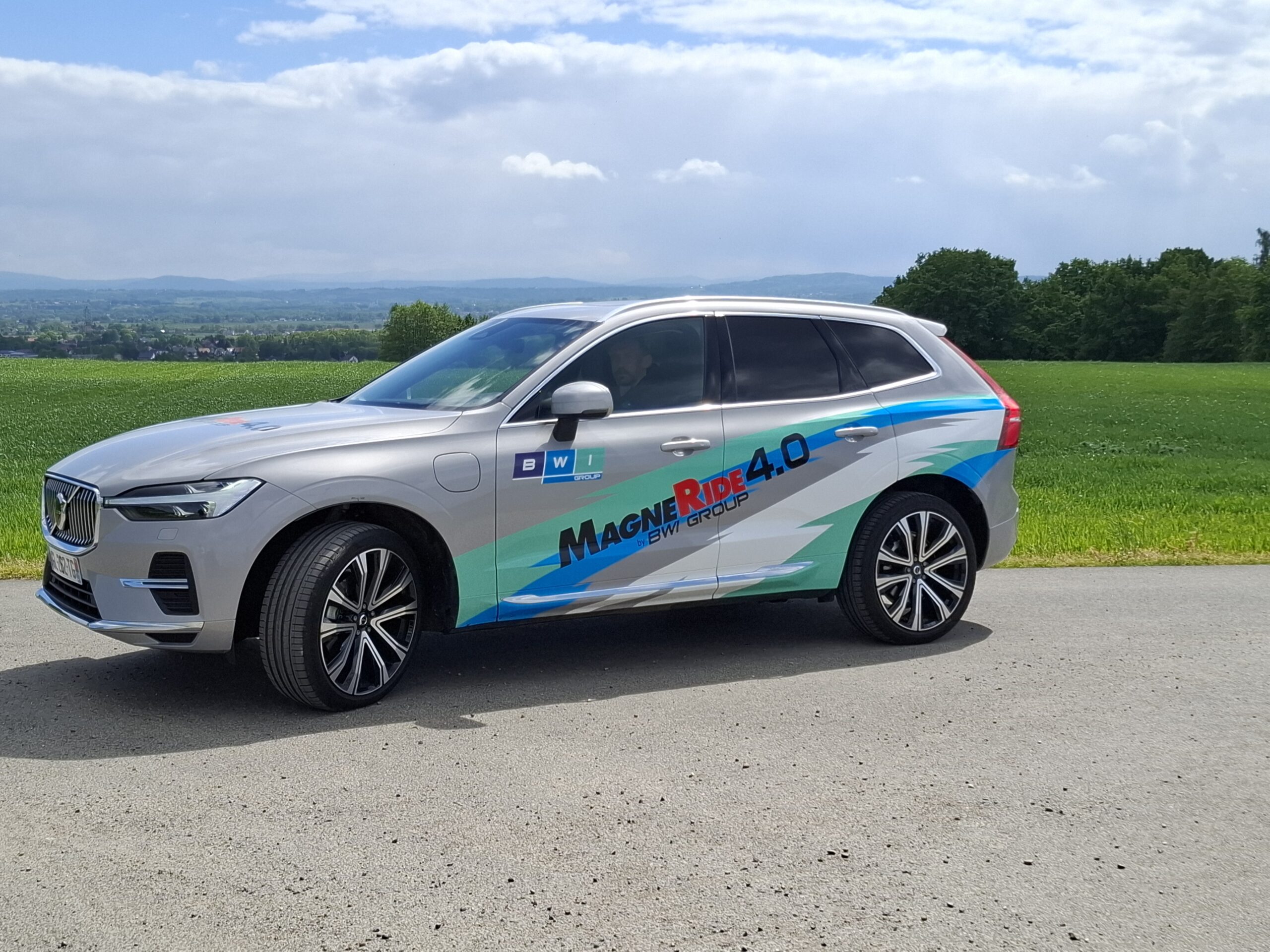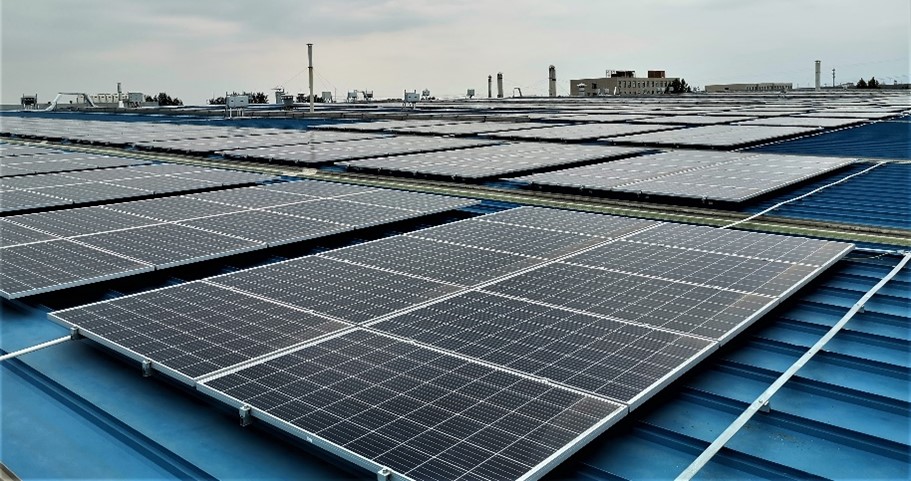Starting October of 2019, the Fangshan Plant completed its 1.5 MV roof PV power generation project with BWI Zero Investment and enjoyed 30% electricity price reduction with reference to standard price of national grid.
Average annual green power generation volume is about 1200MWh, total produced 4150MWh. It has reduced carbon emission about 2506tCo2 and achieved cost savings more than 1million yuan. Additionally, it reduced carbon quota cost about 0.20 million yuan each year. Looking forward, during the next 25 years of photovoltaic electricity generation, it will reduce carbon emissions by 18000t Co2 and contribute cost savings of approximately 6million yuan.
In January of 2020, the air compressor waste heat utilization project was put into use, replacing the gassed boiler of the electroplating line. It annually reduced gas consumption by about 38,000 m³, saving natural gas cost of about 100,000 yuan. It reduces carbon dioxide emissions by about 82 tons each year. The is a project to help the plant ensure the essential safety of operation.
Through facility upgrading, lean energy management, and efficient operation of each process, the BWI Group Fangshan plant’s utilities spending per damper is reduced by 41% compared with 2016, and the comprehensive energy consumption (main utilities) per damper is reduced by 48%. Major utilities spending accounted for sales reduced 38.6% from 2016.
By implementing the sustainable development strategy of “BWI 2.0,” the Fangshan Plant will continuously make further efforts on lean energy management along the journey of green development in 2023. The action plans include expansion of PV on some available areas which will increase green electricity by 3% and the upgrade to a new GVSD compressor which will not only reduce the power cost (35% cost savings), but will also meet increasing production capacity. It will reduce power cost by 0.50million yuan each year. The plant will improve its metering system and build an intelligent power data platform. With digital drive, the plant will achieve three-levels (plant level, regional level, equipment level) of energy consumption data.
News

“We’ve introduced several important technological updates to suit the changing requirements of the industry”- says Philippe Germain

Top suspension technology, BWI MagneRide, more accessible than ever

